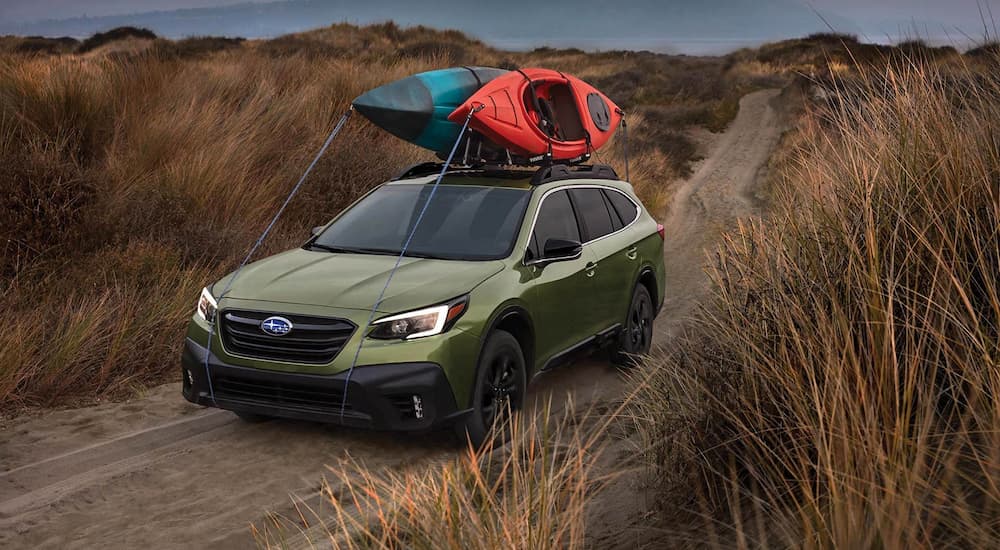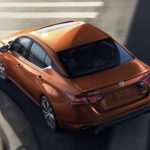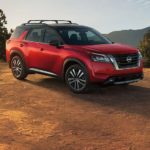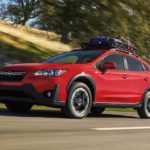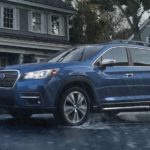If you’ve ever found yourself in the same vicinity as a Subaru dealership, you may have noticed a few Subaru Outbacks on display, ready to sell. Just like any other product or service that’s marketed to consumers, advertising is a major part of garnering attention and the various ways that advertisements have evolved over the years are just as multifaceted as the automotive industry itself. Looking at the Subaru Outback, it seems like it would be a difficult vehicle to market and the challenge lies in which demographic would have the most interest.
After all, the Subaru Outback is a vehicle that combines the family-oriented look of a station wagon with the off-road capabilities of an SUV. While this concept is innovative, these worlds hardly intersect with one another. How do you effectively advertise a vehicle that can be taken off the pavement and into the untamed wilderness yet can still take the kids to soccer practice and have them home before dinner? Subaru found the answer to this is taking advantage of their vehicle’s namesake and utilizing a figure who held a significant place in popular culture—Paul Hogan, perhaps best known for portraying the bombastic hero of the real outback, Crocodile Dundee.
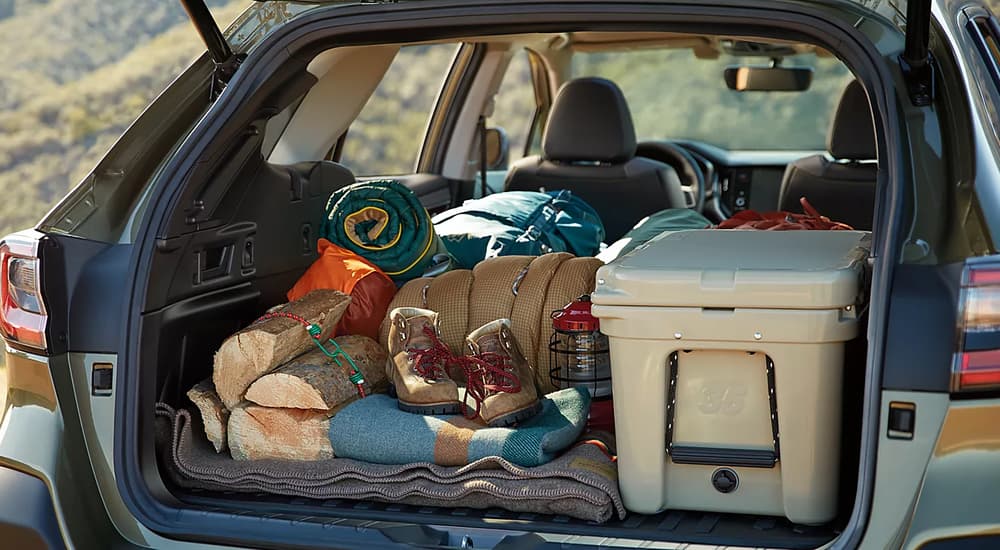
The Oz-Sploitation Craze
Some might be wondering how a character like Crocodile Dundee gets so wildly popular in the United States to the extent that he’s used to sell vehicles made by a Japanese-based manufacturer. Part of the answer to this comes from Hogan’s experience as a television actor in his native Australia, where the actor sold everything from cigarettes to beer and even coined the phrase “shrimp on the barbie” in an advertisement to promote tourism in Australia. While the phrase has gone on to become synonymous with Australia, it was Hogan’s role as Crocodile Dundee which made him a breakout star. However, the success of Hogan was not exclusive, and he was part of a cultural phenomenon during the 1980s known as Oz-Sploitation.
This was a period where American pop culture became enamored with Australian imports. While Hogan’s portrayal of Crocodile Dundee is certainly one of the most remembered, musical artists such as Olivia Newton-John, INXS, and Midnight Oil scored top ten hits, and other films such as Young Einstein, furthered the fascination with the mysterious land “down under.”
The Outback Comes of Age
The Subaru Outback made its debut on the market in 1995 during a unique time in the industry. It was around this time that the SUV first began to gain more popularity, thanks in part to the Ford Explorer, which had launched in 1991. The most popular model that was sold in 1995 was the Ford Escort. The Escort, the predecessor to the Focus, came available as a sedan, hatchback, and station wagon. The Subaru Outback challenged this conception of versatility. While the decade would be one that saw the popularity of the wagon steadily decline as the SUV gained more popularity, Subaru took the concept in an entirely new direction.
The Subaru Outback might have had the outward appearance of a wagon but brandished several features that took “ordinary” and cast them completely aside. With a 2.2L 4-cylinder engine capable of generating 135 horsepower, effective fuel efficiency that included a combined 23 MPG, and standard all-wheel drive, it certainly rivaled any wagon that had been on the road in 1995. While all these attributes were indeed impressive, an effective ad campaign could help introduce the vehicle to the masses.
The Commercials
Television viewers in 1996 might not have thought much about the advertisements that were popular at the time; they’re now looked back upon through the rose-colored glasses of nostalgia. Teenagers and young adults seemed to get out of the most precarious of predicaments by popping a Mentos, and the world was introduced to a young director named Michael Bay, whose commercials about a peanut butter sandwich and a radio call-in show single-handedly revived the popularity of milk products in the state of California.
However, it was the first commercial for the Outback that would have piqued the interest of anyone with an affectation of adventure films and pop culture. The advertisement began with the Outback being pursued in a thrilling chase in a location that, well, is most likely the Australian Outback. The red Outback swerves and careens, avoiding its would-be pursuers while an unidentified female passenger makes the acute observation, “They’re still back there…”
Then, with a level of cool and calm under pressure that could easily be compared to Steve McQueen, Paul Hogan reassures his companion. “Don’t worry, love; you’re traveling in the world’s first sport utility wagon…” And with that, the Subaru Outback made one of the most unforgettable impressions on the viewing public. The commercial consisted of Hogan extolling the virtues and advantages of the Outback while seamlessly making the audience aware of the advantages the new vehicle had over the competition, most notably the Chevy Blazer and Ford Explorer.
Some of the subsequent ads featured a similar pattern to the debut. (After all, if it’s not broken, why fix it?) Hogan managed to outrun pursuers while mentioning why the Subaru Outback is a much more practical vehicle than its various competitors. Many of the scenarios took place in an area purported to be the Australian Outback and featured Hogan taking part in many scenarios that were the rugged outdoors equivalent to problems facing the average suburbanite. This was keeping in tradition with the Crocodile Dundee character’s recurring predicament of being a fish out of water.
For instance, one advertisement featured Hogan discussing the Outback’s advantages for doing everyday activities such as getting the mail and going for a haircut. Of course, because this is supposed to be the outback, the mail is dropped from a delivery plane into Hogan’s vehicle, and the barber he’s visiting is currently in the process of shearing a sheep of its wool. Still, it was Hogan’s down-to-earth and cool demeanor that made the commercials so enjoyable. One featured the outdoorsman getting a groom to his own wedding, which he was currently late for. The severity of the predicament was met with Hogan’s trademark nonchalant behavior and his often-used phrase of “no worries.”
End of an Era and the Continuing Legacy of the Outback
Much like the automotive industry itself, advertising is a landscape that’s always changing, adapting, and evolving into new forms and going in several new directions. It was announced in 2002 that Paul Hogan was going to have a diminishing role in future commercials. Still, it’s remarkable that a spokesman would last for as long as Hogan did and make the cultural impact that’s still felt today. Hogan’s well-liked demeanor became synonymous with the vehicle he was advertising. So much so that for an entire generation, the Outback would be forever linked with the actor, as well as the name of the landscape that the vehicle was named for.
The effectiveness of both the vehicle and its ad campaign have certainly proved their longevity. While the trends in vehicle manufacturing have certainly changed considerably since 1995, the Outback is still in production and serving its purpose as the ideal compromise of ruggedness and versatility. While you might not have to navigate the rugged terrain of Australia’s wilderness, the Subaru Outback is reassurance that you can if you want to.
